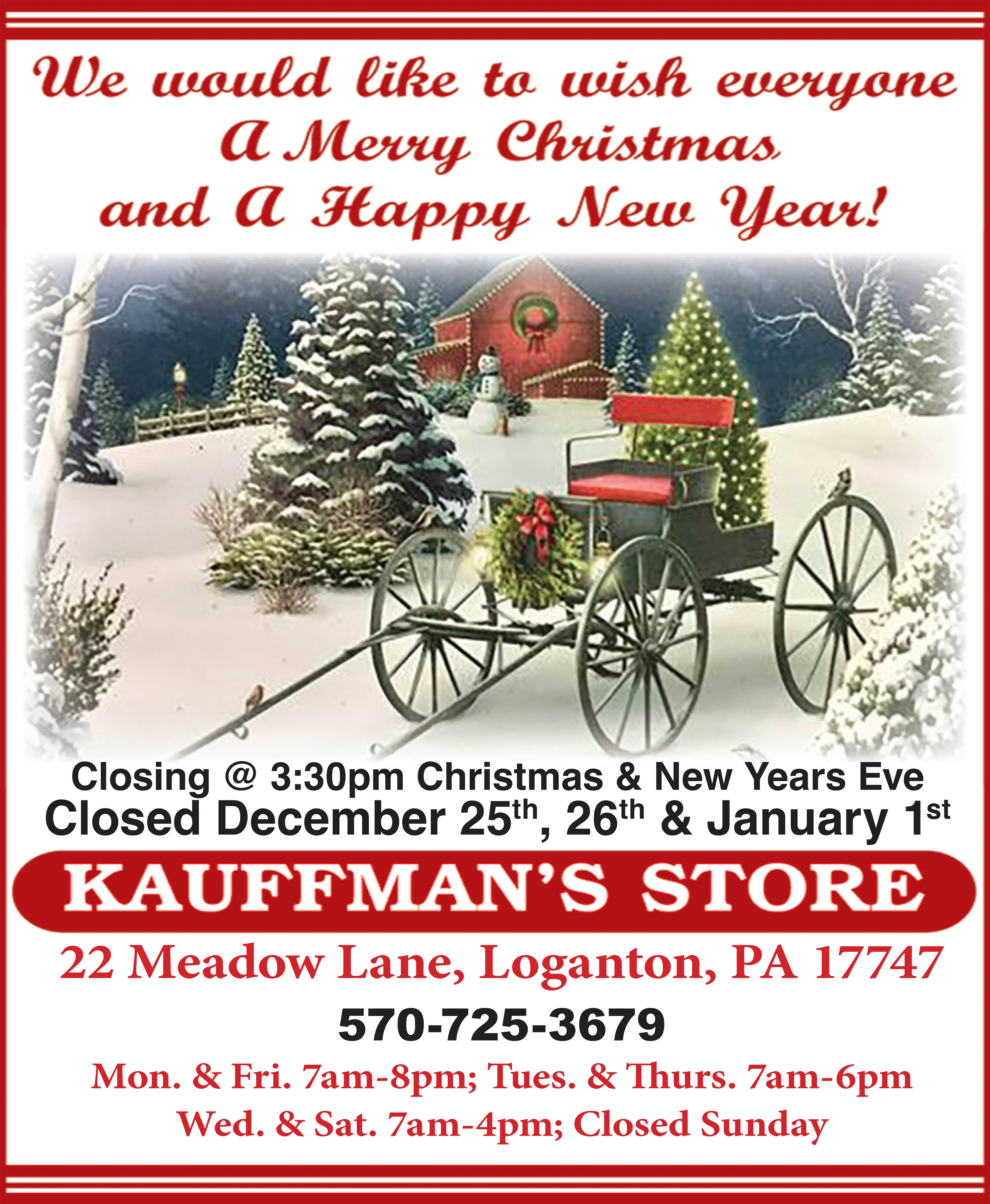As the summer days shorten and fall is almost upon us, let’s take a look at what we can do over the next month or so to improve our habitat for the wildlife we hope to aid through the upcoming winter months. Even though the daytime temperatures are slowly dropping as fall approaches, there is still a lot we can do to enhance our habitat for game and non-game birds and animals.
The planting zone map on the back of most seed mixes that you can plant for deer and turkeys indicate September 15 as the last day to plant most of these various mixes, so we still have a few days remaining to prep the ground and plant them. It is preferable to have already killed off any vegetation where you plan to plant these mixes by using a spray such as Roundup, but if you have not yet done so, here’s how you can start the process:
As an alternative to using an herbicide, you can prep the seedbed mechanically. First mow down any unwanted weeds and grasses in the strips or blocks you wish to plant, then chew up the surface of the soil by running a disc over it several times until the vegetation is chopped up and the topsoil is loosened. Apply pelletized dolomitic lime and 10-10-10 fertilizer and work it under the surface by dragging a drag harrow over the area. The seed mix can then be scattered over the area and tamped just under the surface by using a cultipacker. It would be preferable to accomplish all of this just prior to a rain, but the seed should still germinate by the moisture created with the morning dew.
Typical seed mixes that do well for fall planting include sugar beets, brassicas, turnips, rapeseed, and clover. The majority of these plants will turn from bitter to palatable upon the first heavy frost, and the deer will use them throughout the fall months. You could add winter wheat or oats to the mix to provide a food source that will last through the winter months.
Early fall is an excellent time to plant trees and shrubs that you want to add to your habitat improvement areas, like field edges or at the edges of established food plots. Native white dogwood seedlings will eventually provide a seed that turkeys will eat in the fall and winter and provide a colorful addition to any area as they blossom in the springtime. It is often said that the best time to hunt spring gobblers is when the dogwoods are blossoming! Chestnut trees are a good choice to add to encourage deer to frequent your food plots, as well as standard apple or pear trees. In the case of fruit-bearing trees, you need to consider whether or not black bears will be a problem. If so, your only alternative is to build a heavy cage around the fruit trees, as the bears will pull over and often snap off a fruit tree to get to the apples or pears they are producing.
Finally, while you are in the woods this fall cutting your winter supply of firewood, consider making a few brush piles to benefit the local rabbit and songbird population. Place 4 or 5 logs – 6-8 feet in length – on the ground, parallel to each other with about 12 inches of space between them. On top of these logs place heavy branches crosswise and then pile on the brush on top of these branches. Songbirds will use the brush as a nesting site, and rabbits can run in between the logs to escape aerial predators.
The habitat work you complete over the next few months will greatly benefit the wildlife throughout the fall and winter months. It is a wonderful feeling to watch turkeys, deer, and other wildlife using the habitat sites you create and know that they are benefitting from your hard work. And, it is rather rewarding when you are able to take a mature doe or a nice buck that is using the food plots that you have created.




Leave a Comment
Your email address will not be published. Required fields are marked with *